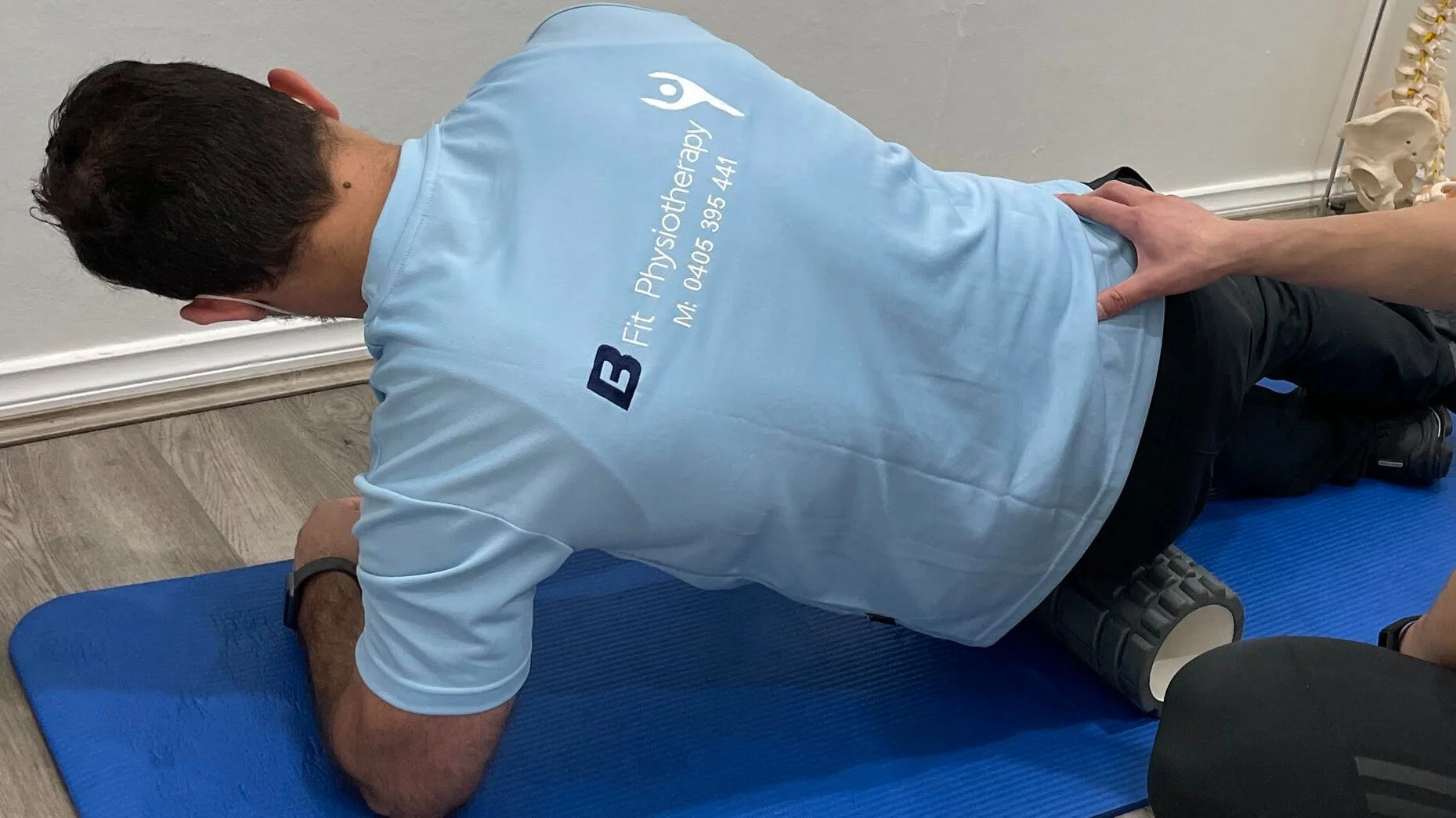Physiotherapy Enfield
BFit Physiotherapy is an 8-minute drive from Enfield.
If you live or work near Enfield and need help with a musculoskeletal, work or sports injury, you can call or use the button below to book an appointment with us.
Enfield Physiotherapy
Our physiotherapists can help you if you need assistance with pain, injury, function or improving quality of life. In Australia, physiotherapists are first contact practitioners, which means that we can see you without a referral another health professional. However, sometimes you may receive a referral for physiotherapy, for example, from your general practitioner.
Physiotherapy is an evidence-based profession so the basis of treatments is on scientific research, which is always developing. There has also been a shift from the biomedical model to the biopsychosocial model. In other words, we aim to assess and treat the person, rather than just their injury. In addition to your physical health, we also consider your psychological, emotional and social wellbeing.
Since our goal is for patients and clients to be able to eventually self-manage their pain and injury, the focus is on active treatments (what you can do yourself), such as exercise. Passive treatments (what is done to or with you), such as joint mobilisation, can be used as an adjunct to active treatments, for example, in the early stages of rehabilitation.
Depending on what the issue is, physiotherapy may be the only treatment you need or it may be alongside other treatments from other health professionals.
In a physiotherapy initial consultation, you can typically expect:
History taking - This can include questioning regarding your symptoms, such as area of symptoms, history of current pain/injury, aggravating factors, easing factors, and past medical history.
Clinical examination: This can include physical tests to obtain more information, such as movement tests, strength tests, and functional tests.
Following the history and examination, your physiotherapist may have a provisional diagnosis, from which a treatment plan can be determined. Sometimes imaging may not be required, but if it is required, suggestions may be provided - imaging may be organised through your general pracitioner.
Treatment typically involves education, advice and exercise but can include hands-on treatment.

